A vital component of contemporary architecture, sustainable building seeks to minimize environmental effect while also preserving human comfort and convenience. Emphasizing their dedication to environmentally friendly methods and pioneering projects, this short read showcases the creative talents of the best and most famous sustainable architects and architectural companies that design and execute projects with low negative impact on the environment. By using their own approaches, these green architects are building a more sustainable future.
A key component of contemporary design, sustainable construction aims to reduce environmental impact while maintaining human comfort and convenience. This short read highlights the creative abilities of the most well-known sustainability architects and architectural firms that create and construct structures with minimal adverse environmental effects, highlighting their commitment to environmentally friendly methods and creative concepts. With their distinct approaches, these green architects are clearing the path for a more sustainable future.
Rethinking how buildings interact with their environment requires the expertise of a sustainability architect. By fusing biophilic design principles, renewable materials, and energy efficiency, they take a holistic approach to design that goes beyond aesthetics. From lowering carbon footprints to increasing natural ventilation and daylighting, these architects combine creativity and environmental responsibility to create environments that support ecological balance and practicality. In addition to satisfying the global need for greener buildings, their projects enhance people’s quality of life.
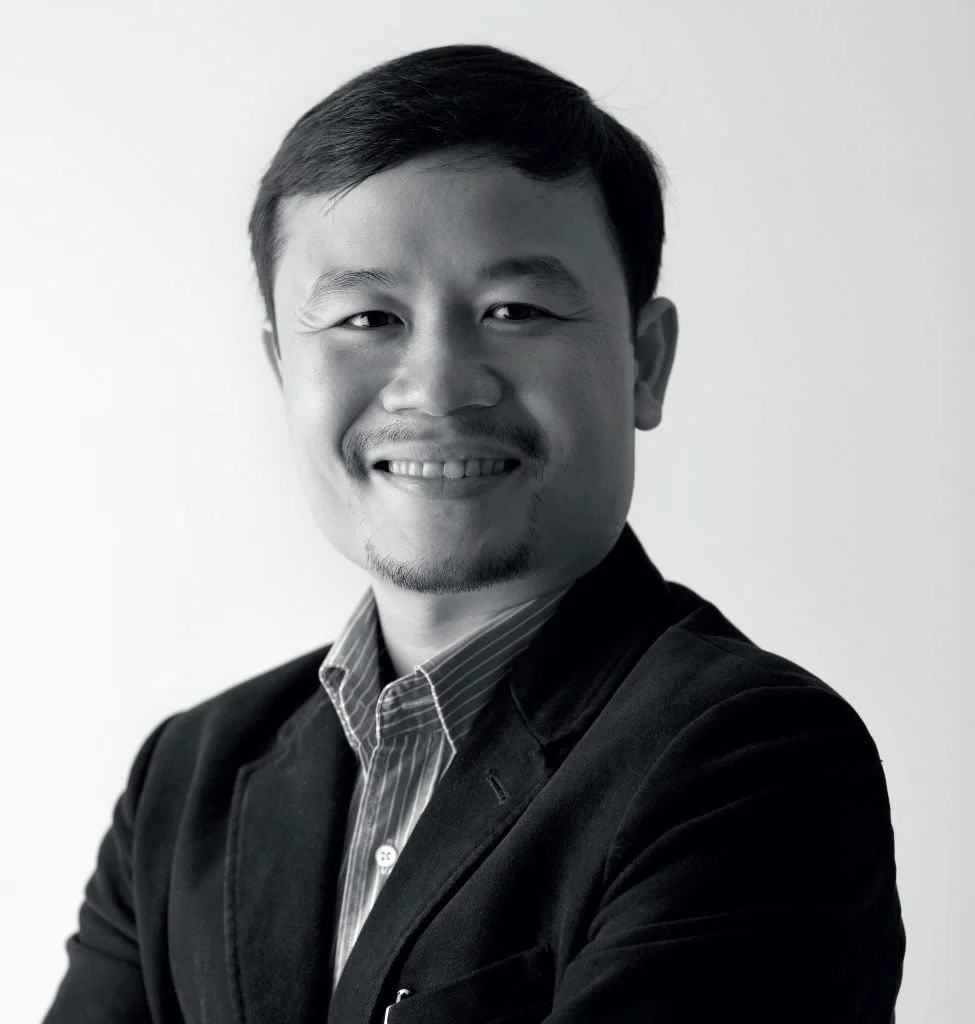
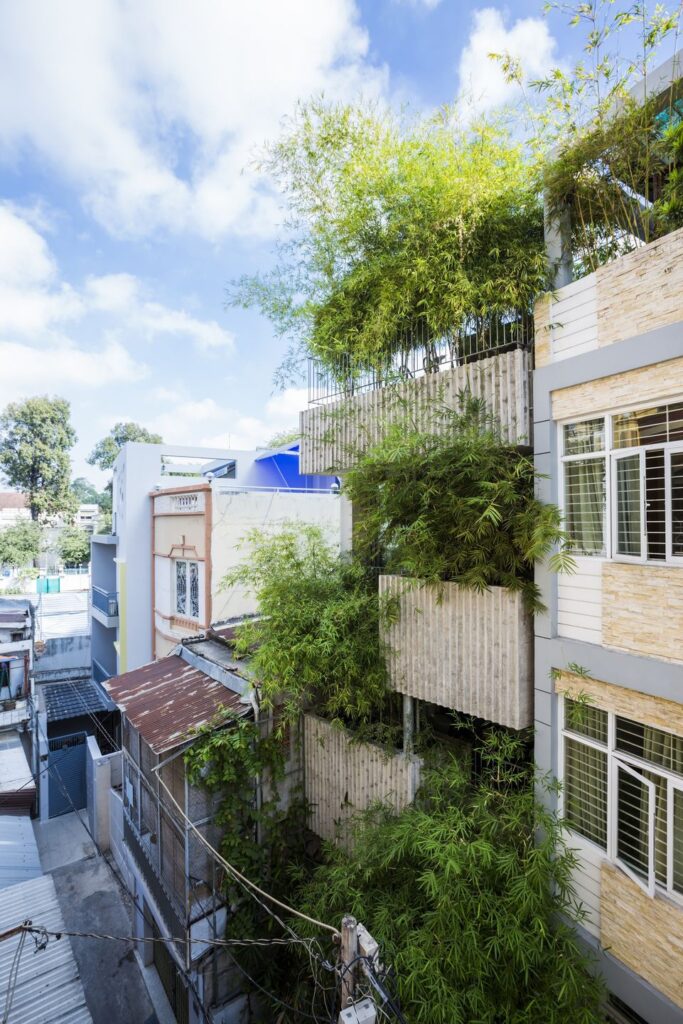
25. Vo Trong Nghia
Vo Trong Nghia, a Vietnamese green architect renowned in tropical regions for his innovative designs that seamlessly integrate natural materials. His utilization of traditional construction processes and local materials serves as an illustration of how architecture should adjust to its environment and climate. His designs, including the Bamboo House, prioritize natural ventilation and vegetation.
This residence showcases the principles of sustainable architecture by incorporating bamboo, a rapidly renewable material, into its design. Additionally, it provides a functional living space that seamlessly integrates with its surroundings. Nghia’s concepts demonstrate how architecture can contribute to environmental preservation by emphasizing both energy efficiency and aesthetic appeal.


24. Patricia Patkau
Patricia Patkau, co-founder of Patkau Architects. She is well-known for stressing buildings’ intentional integration with their surrounds and for her adherence to sustainable architecture ideas. Her company designs with consideration for the surroundings and community, and their specialty is projects combining modern architecture with environmental issues. The Canadian Museum for Human Rights is one place that does both environmental awareness and preservation of local culture.
Building this area made use of modern, energy-efficient technologies and ecologically derived materials. Sustainability architects are crucial in this endeavor as they guarantee the lifetime of cultural narratives by means of ecologically friendly architecture. According to Patkau’s work, sustainable design goes beyond simple aesthetics and centers around environments that foster environmental respect and connectedness.
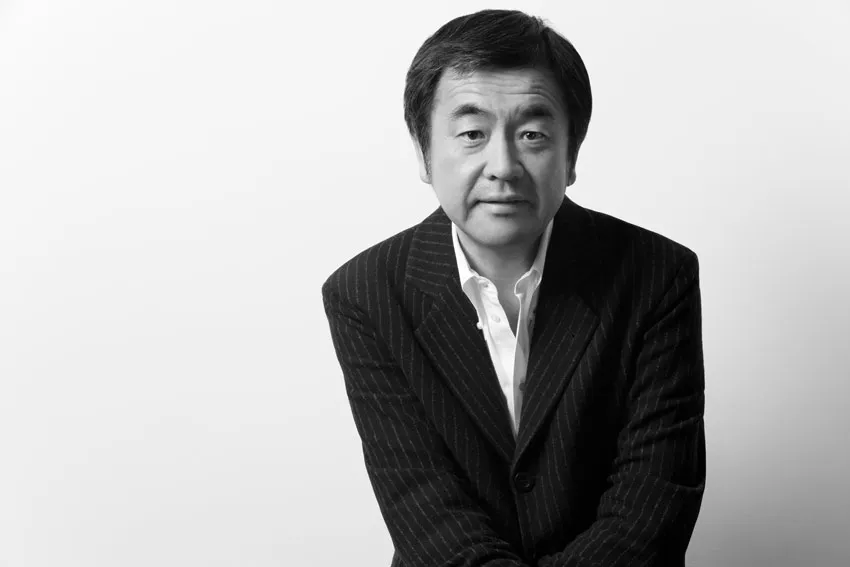

23. Kengo Kuma
The innovative way he blends modern sustainability concepts with time-honored construction techniques has made him a famous Japanese builder. Most of the materials he employs are sourced from nature, and he typically considers the building’s contextual relationship with its environment. The Asakusa Culture and Tourism Center exemplifies this notion well with its distinctive wooden façade, which not only looks lovely but also helps to conserve energy by allowing natural light and airflow to pass through.
One reason Kuma is considered a pioneer among “eco architects” is the fact that his work demonstrates a keen awareness of the environmental impacts of various construction methods. His works demonstrate his firm belief in the power of architecture to inspire, educate, and raise consciousness about environmental issues.
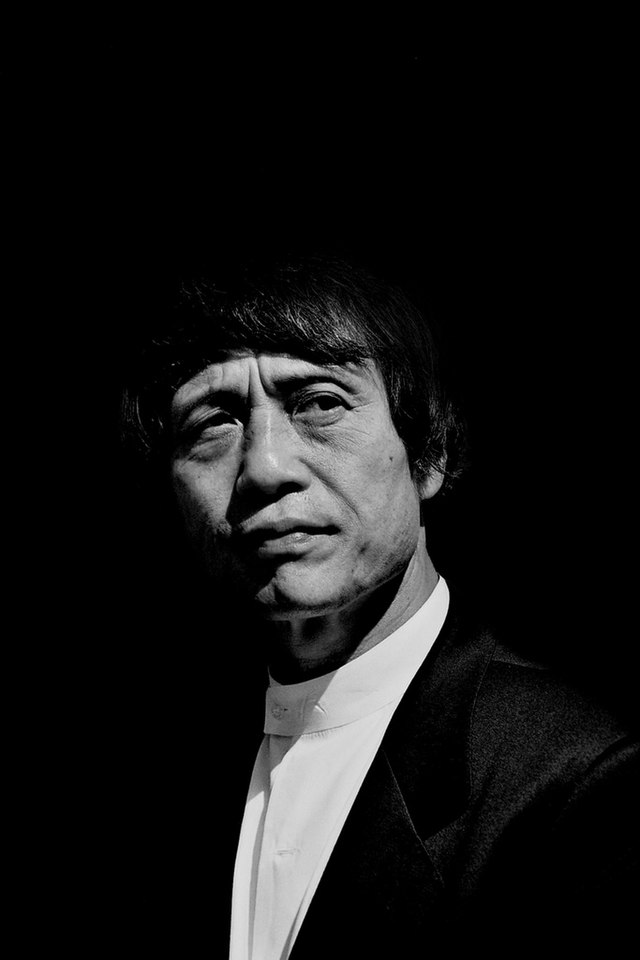
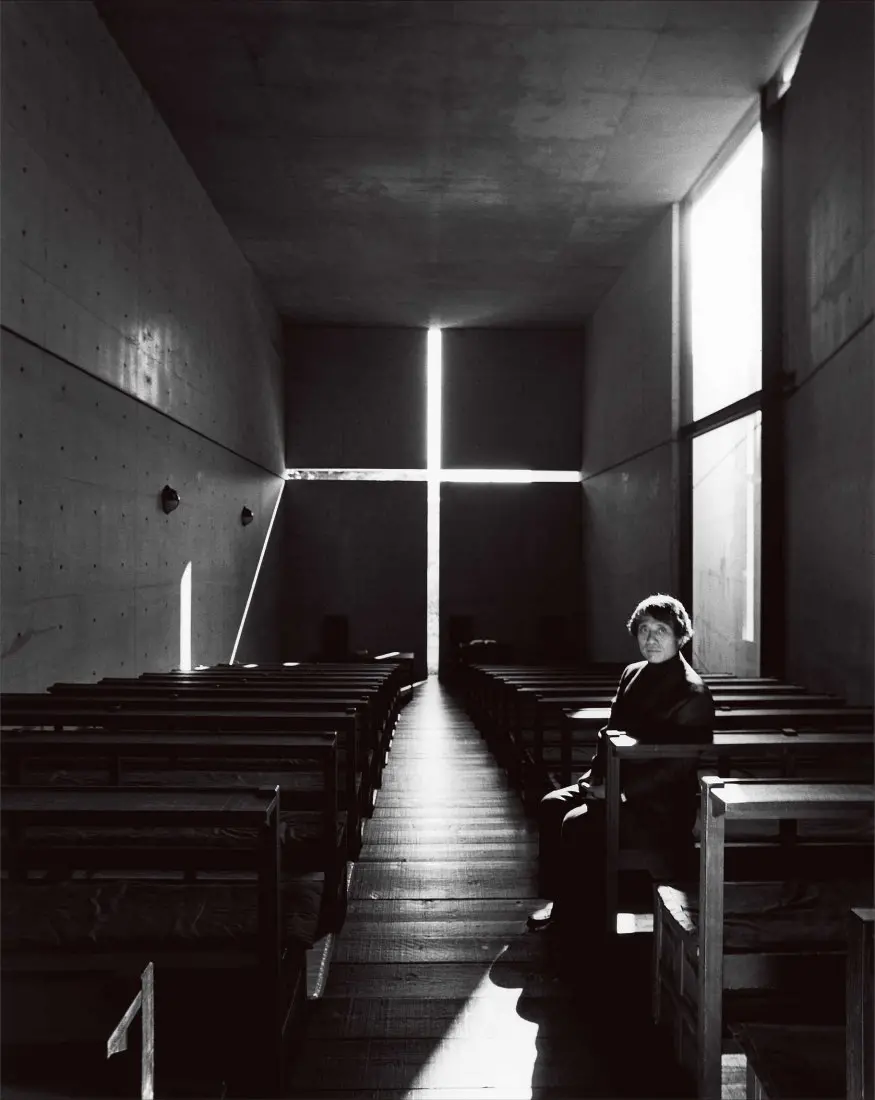
22. Tadao Ando
Tadao received the Pritzker Prize for his skill with concrete and exact utilization of natural light. Emphasizing the link between man-made constructions and the natural surroundings, his simple style creates settings that promote reflection and peace. The Church of the Light is an excellent illustration of this concept, as it features expansive windows that allow natural light to enter the space, thereby creating a serene atmosphere.
Ando’s designs also show the beauty of simplicity and the need of being a builder with environmental conscience. They also show how well-designed buildings could improve people’s emotional and spiritual wellbeing. He is seen as a role model for young builders who aim to build in an eco-friendly way and show concern for the surroundings.
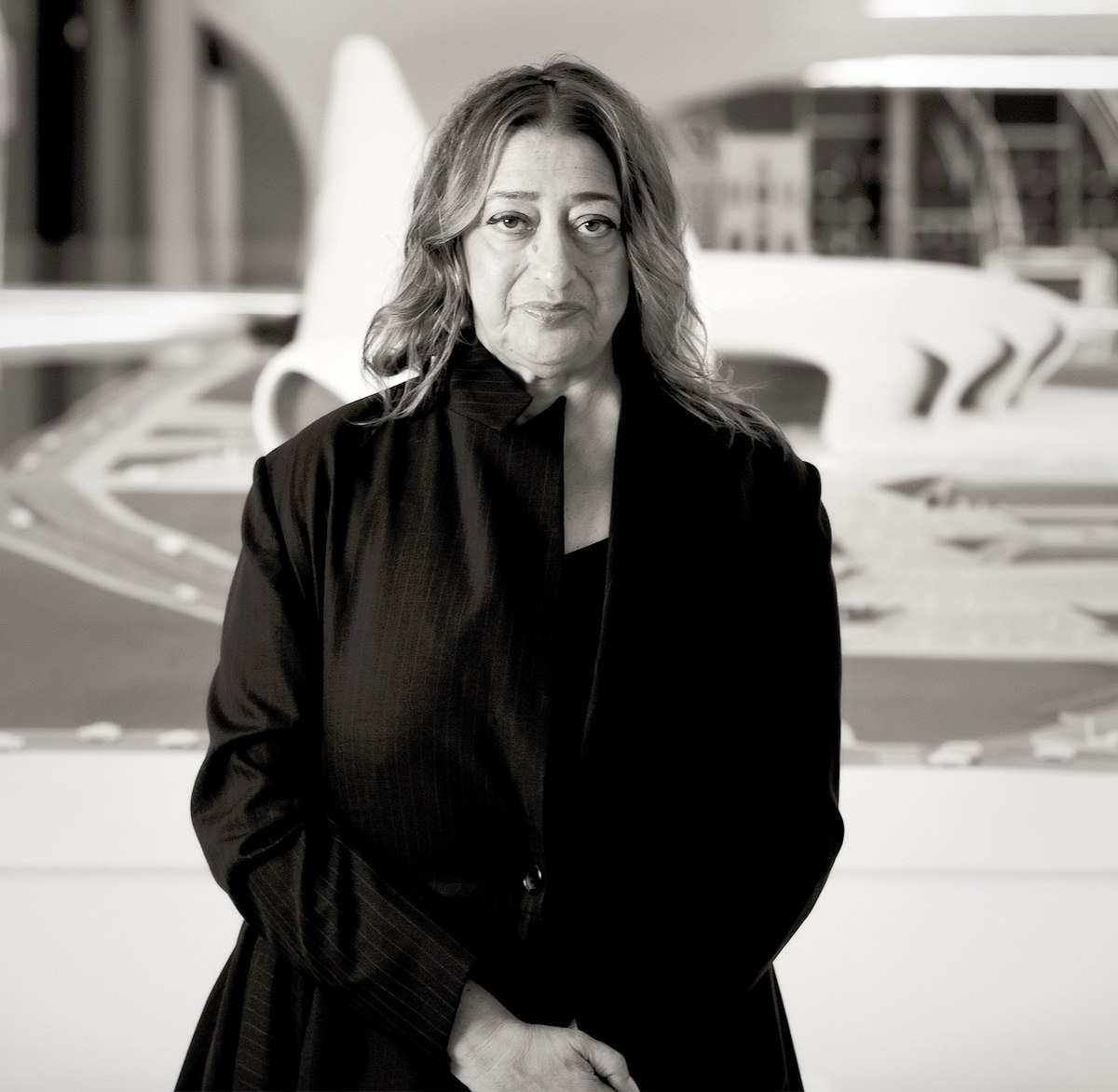
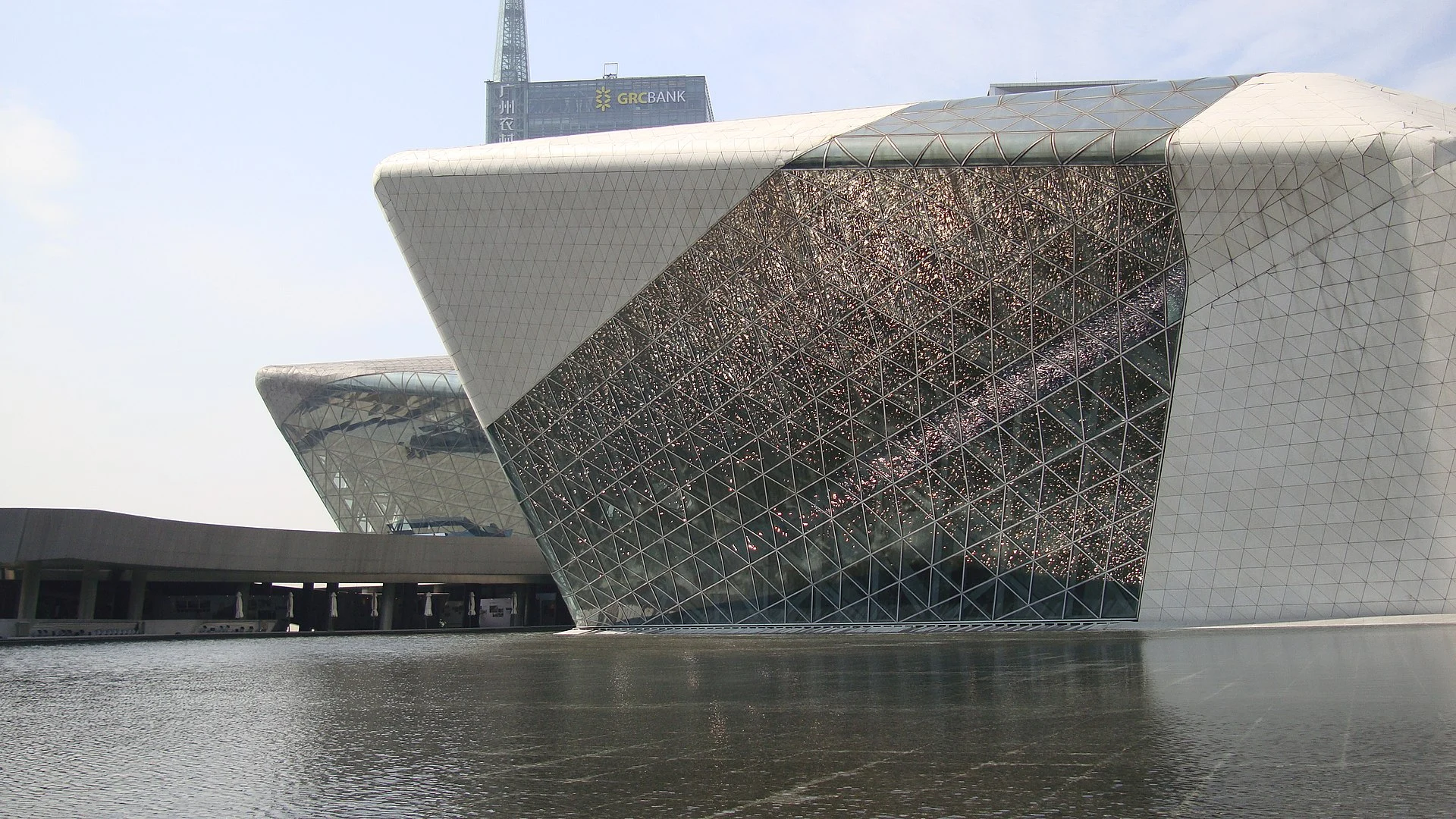
21. Zaha Hadid
Celebrated for her avant-garde, organic designs that adeptly integrate form and function, the late Zaha Hadid was a pioneering architect. Mostly portrayed as a sculpturer, aesthetic project more than an eco architect. But her innovative methodology is shown in the Guangzhou Opera House, which integrates energy-efficient technologies and sustainability features, including natural cooling. This renowned structure exemplifies how sustainable architects may create remarkable edifices that acknowledge ecological considerations.
Hadid’s initial concept of fluid and organic forms has transformed urban landscapes and inspired subsequent generations of designers to explore the intersection of technology and sustainability in their creations.
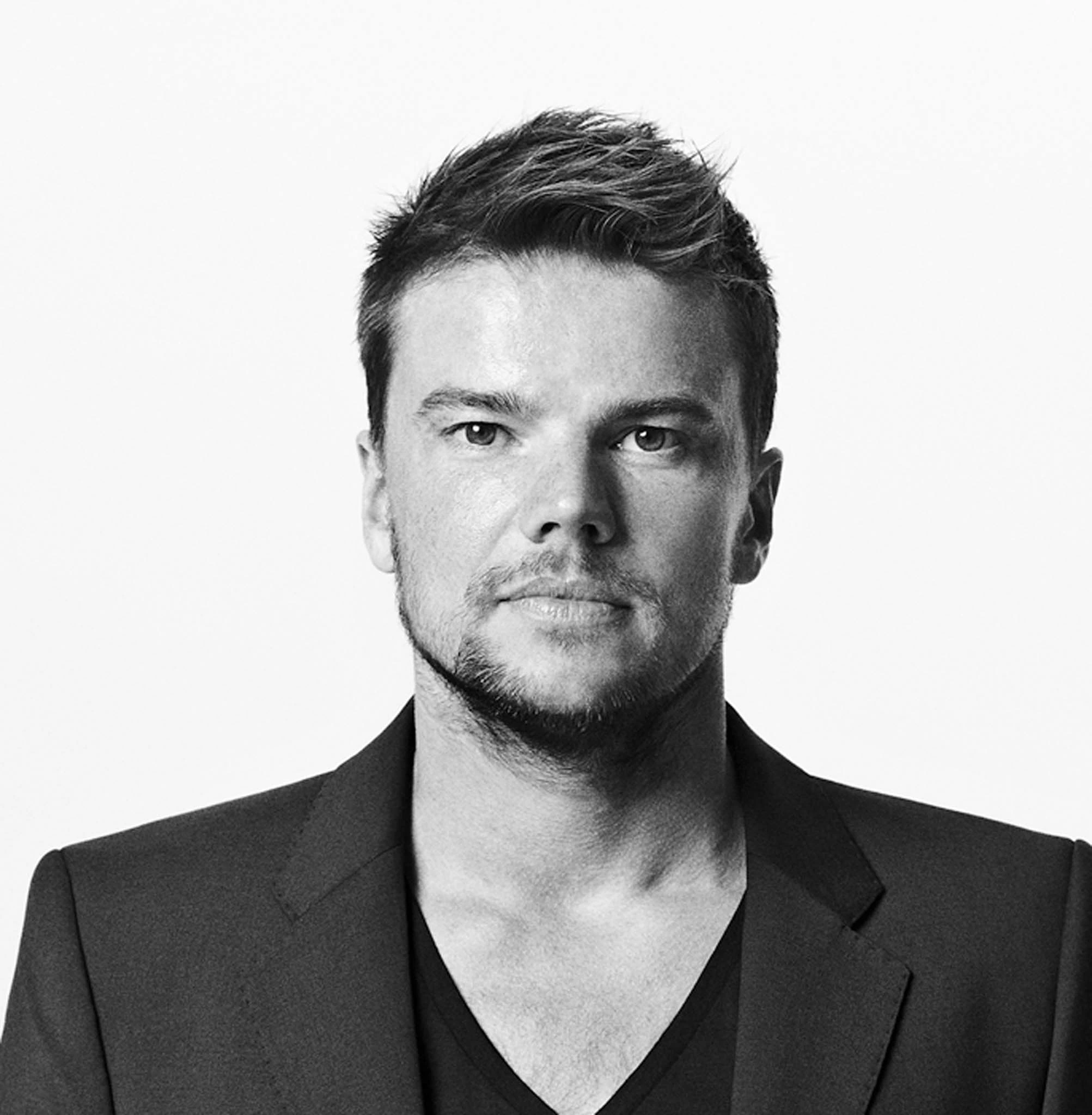
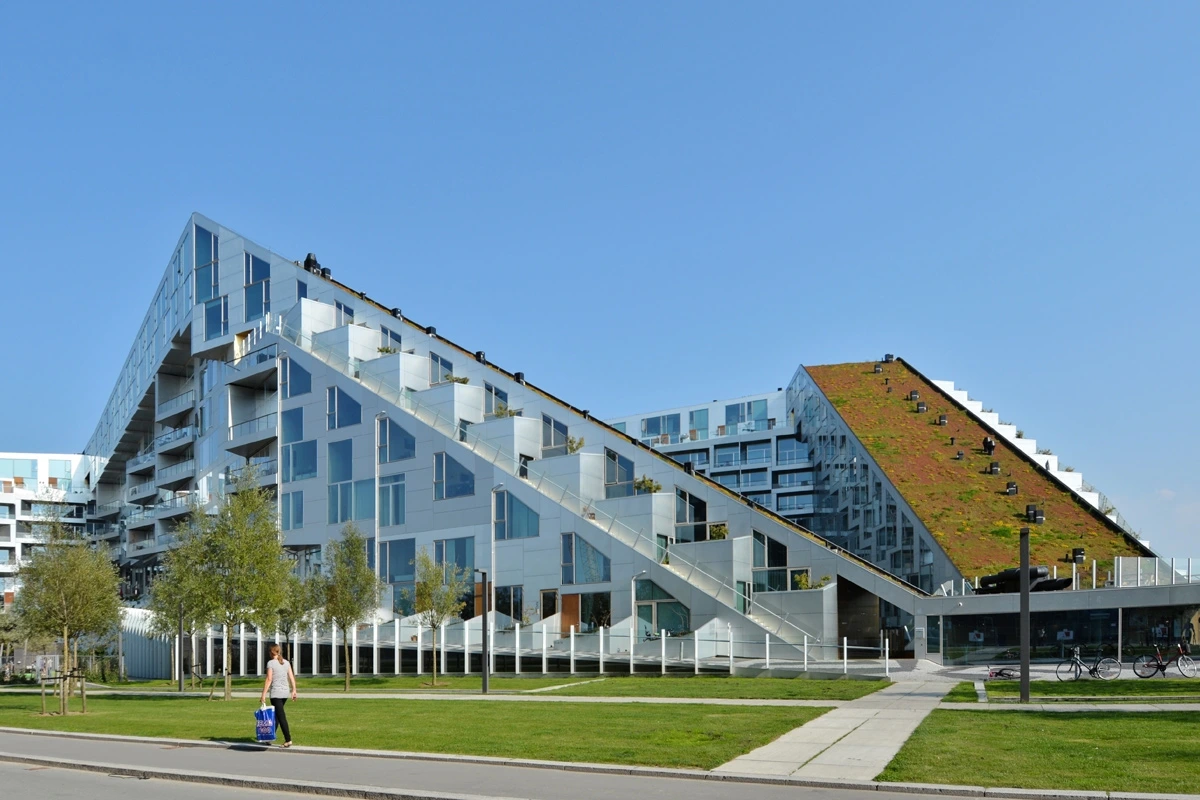
20. Bjarke Ingels
Bjarke Ingels, the founder of the BIG (Bjarke Ingels Group). Is renowned for his innovative and environmentally conscientious designs that challenge the status in the construction industry. His concept for Copenhagen, the 8 House, integrates residential, commercial, and recreational spaces while prioritizing sustainability and the energy economy. The proposal includes public spaces that are intended to encourage conversation, mixed-use concepts, and verdant roofs.
Bjarke Ingels is a role model in the field of environmentally conscious architecture, as he prioritizes sustainability while challenging convention. He demonstrates through his work that sustainability does not necessitate sacrificing form for function, and good design has the potential to enhance the lives of individuals.


19. David Adjaye
David Adjaye, an architect who was born in Ghana and currently resides in Britain. Renowned worldwide for his environmentally conscientious and culturally sensitive projects. His commitment to sustainability is evident in the Smithsonian National Museum of African American History and Culture. A meaningful space for reflection on the past and community engagement is established through the use of eco-friendly materials and technology.
This endeavor not only serves as an educational resource but also demonstrates the capacity of sustainable design to resolve societal concerns. Adjaye’s dedication to incorporating cultural significance into his projects serves as an illustration of the capacity of design to encourage community engagement and discourse.
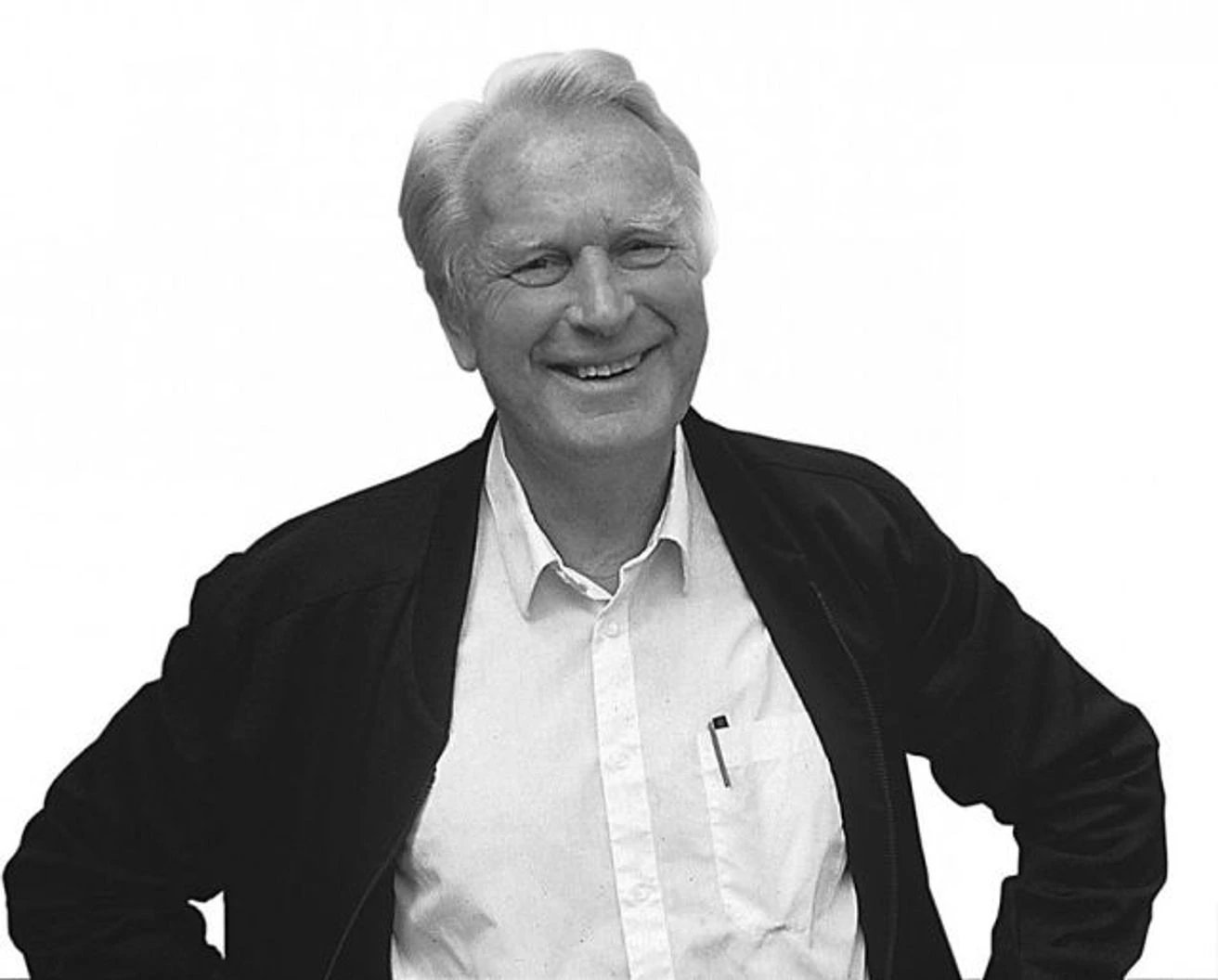
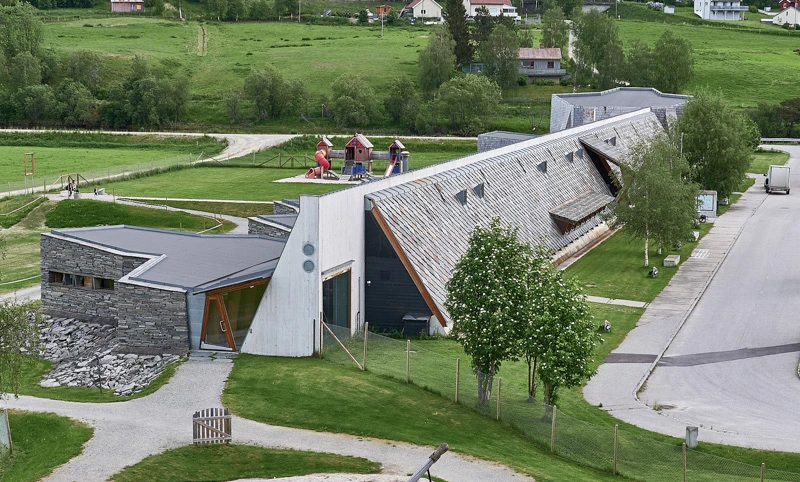
18. Sverre Fehn
Norwegian architect Sverre Fehn is renowned for his ability to blend contemporary structures with natural environments. An excellent illustration of this is his work on the Norwegian Pavilion. Using local materials and methods, he built a building that blends in well with its surroundings, demonstrating his devotion to sustainability at the Venice Biennale.
The significance of “natural architects” who prioritize designing in harmony with their environment is highlighted by Fehn’s research. Buildings, in his view, should do more than just blend into their environments; they should enhance them, creating harmonious spaces that complement nature.

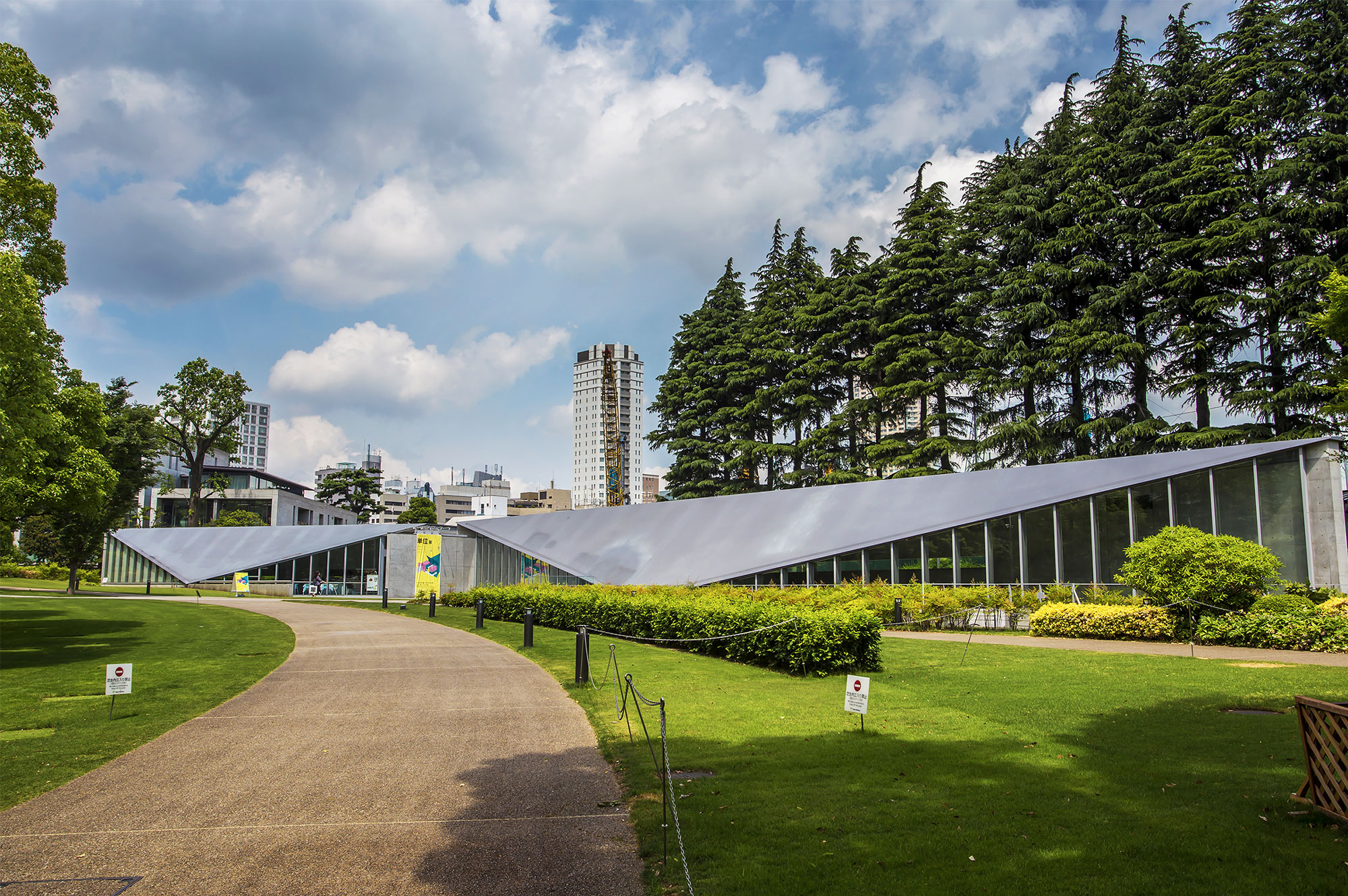
17. Fumihiko Maki
A Japanese architect who is known for making work that is thoughtful and aware of its surroundings. His work often shows how natural elements can be used in modern buildings, as you can see at the 21_21 Design Sight museum in Tokyo. Sustainable materials and natural light are used in this project to make it feel peaceful and welcome, which is typical of builders who care about the environment.
Maki’s work shows that sustainable design can improve more than just the physical surroundings of a community. It can also improve the social and cultural fabric of that community.


16. Shigeru Ban
Among Shigeru Ban’s numerous building achievements is his innovative use of environmentally friendly materials including cardboard. He was first in using recyclable and biodegradable materials which makes him one of the top rated green architects. This is quite obvious in his work on temporary shelters for disaster aid, including the Paper Emergency Shelters. These instantly available dwellings are marvels of sustainability and environmental friendliness.
Because of his original approach, which emphasizes the need of utilizing architecture to aid people, Ban stands out among the top sustainable architects who equally value social effect and environmental issues.

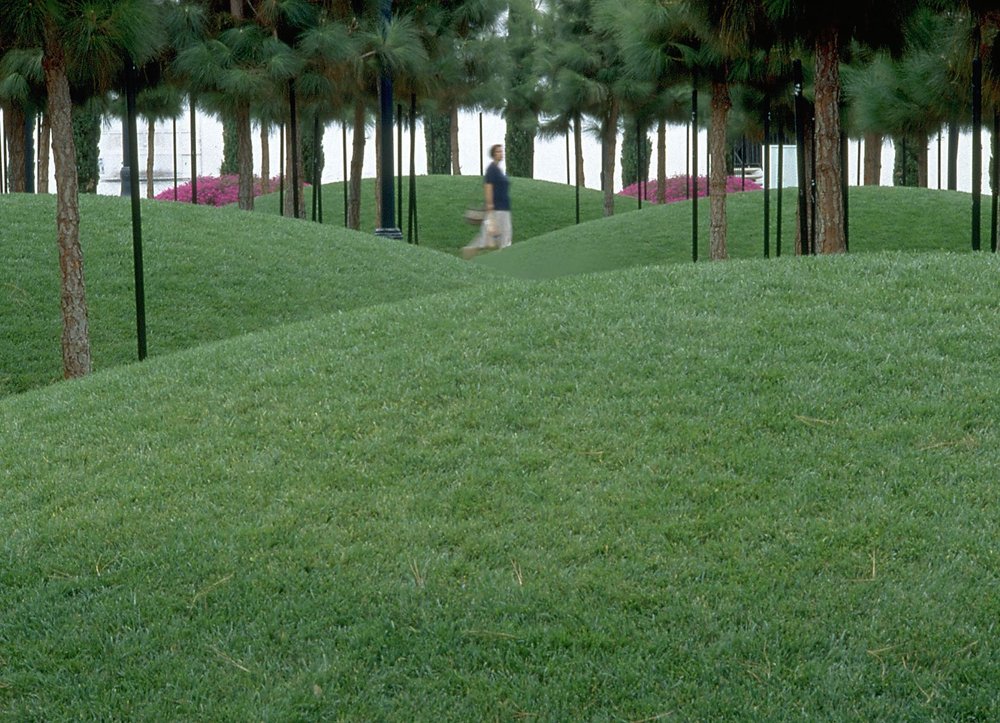
15. Martha Schwartz
Martha Schwartz is a famous and esteemed landscape architect who investigates human-environment interactions. Her fresh perspectives enhance urban aesthetics while highlighting environmental concerns. The Boston Greenway, a linear park that converted an old highway into an active public area, is one noteworthy project.
The utilization of native plants and effective water management technologies in landscape planning may improve urban areas, as demonstrated in this project. For her unwavering commitment to eco-friendly design and her talent at creating inviting public spaces, Schwartz has established herself as a preeminent eco friendly architect.
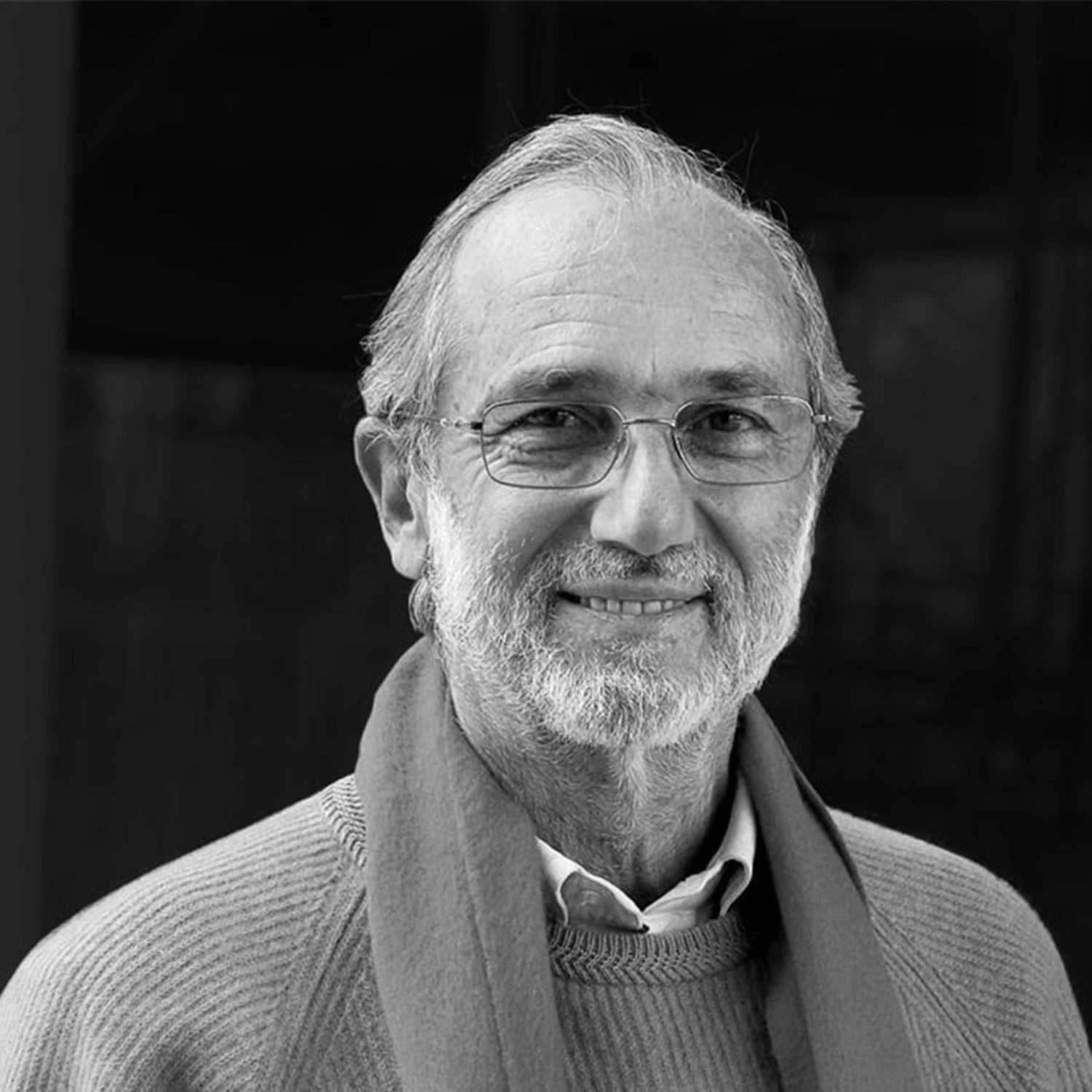
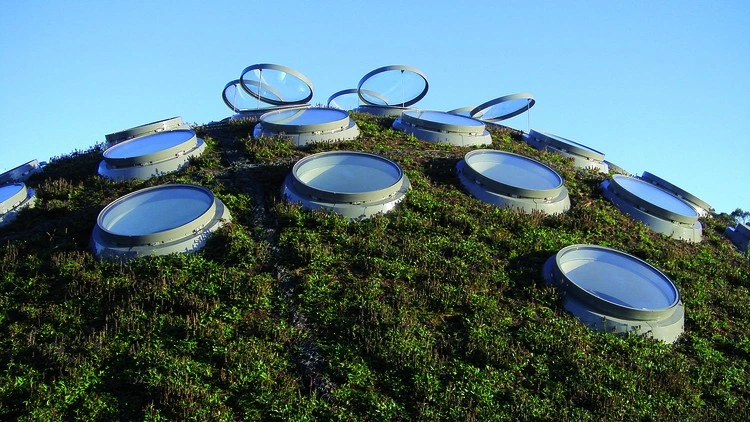
14. Renzo Piano
Renowned Italian architect Renzo Piano has revolutionized architectural design and urban planning. In his work aimed at sustainability, he regularly combines energy-saving techniques and ecologically friendly materials. For instance, the California Academy of Sciences features a living roof that stabilizes temperature and provides habitat for several plant and animal species. In his works, piano often uses natural materials to improve user experience and increase awareness of environmental impact. His designs position him as a leader in sustainable design as they show how well modern architecture can improve the surroundings.

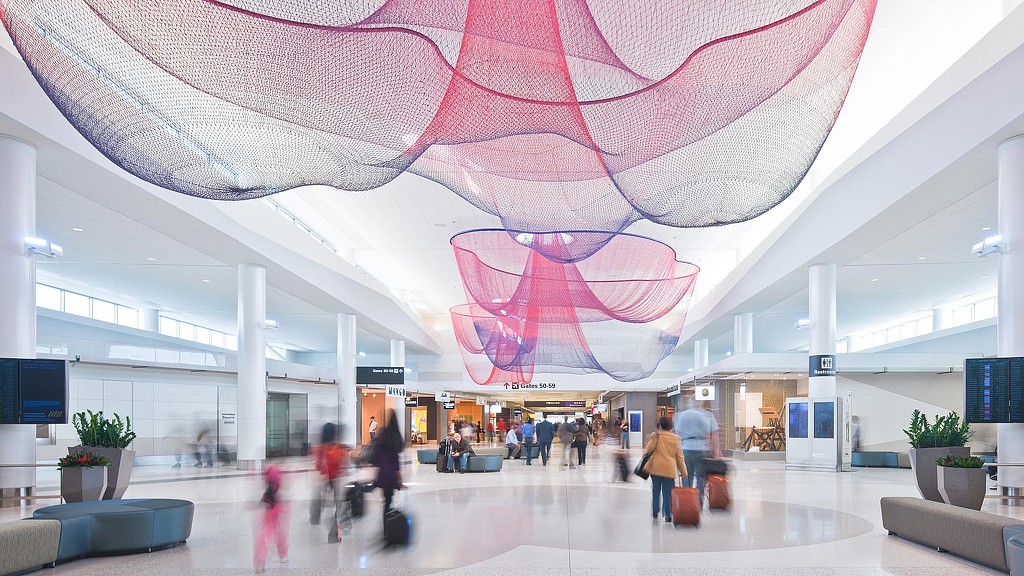
13. Gensler
Throughout its operations, Gensler, a multinational architecture and design firm, which boasts multiple green architects under it’s umbrella. Dedicated to the implementation of sustainable practices, they incorporated energy-efficient technologies and materials into the San Francisco International Airport (SFO) Terminal 2 project. This airport serves as an example of a sustainability. A prime example of sustainable transportation infrastructure, as it effectively integrates ecological concerns into large-scale initiatives. Gensler’s dedication to environmental sustainability allows them to be at the forefront of sustainable urban planning and design.

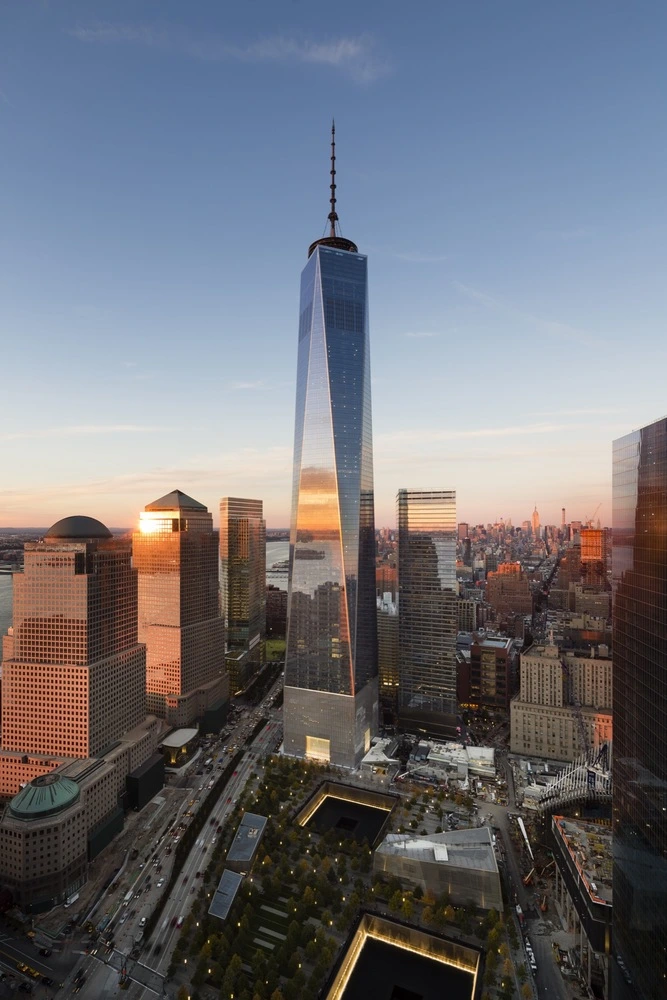
12. SOM (Skidmore, Owings & Merrill)
SOM is a world-renowned architectural firm that has made a name for itself by committed to sustainability and cutting-edge design with many well known eco friendly architects working at SOM worldwide. The greatest example of advanced technology is the One World Trade Center. The building is a model of innovative sustainable urban architecture because of its state of the art water saving, daylighting, and energy-saving technologies. Sustainable practices are an integral part of SOM’s designs, which demonstrates their commitment to finding creative, ethical solutions in the built environment.


11. Mario Botta
Swiss architect Mario Botta stands out for his own approach and focus on the interaction between buildings and their natural settings. He designed and conceived the San Francisco Museum of Modern Art with an eye on stressing environmental approaches. The addition of sustainable design ideas, natural materials, and environmentally friendly technologies sets this building apart from others. Scholars of sustainable design value Botta greatly for his approach, which shows how buildings may solve environmental problems and concurrently promote cultural identity of a society.

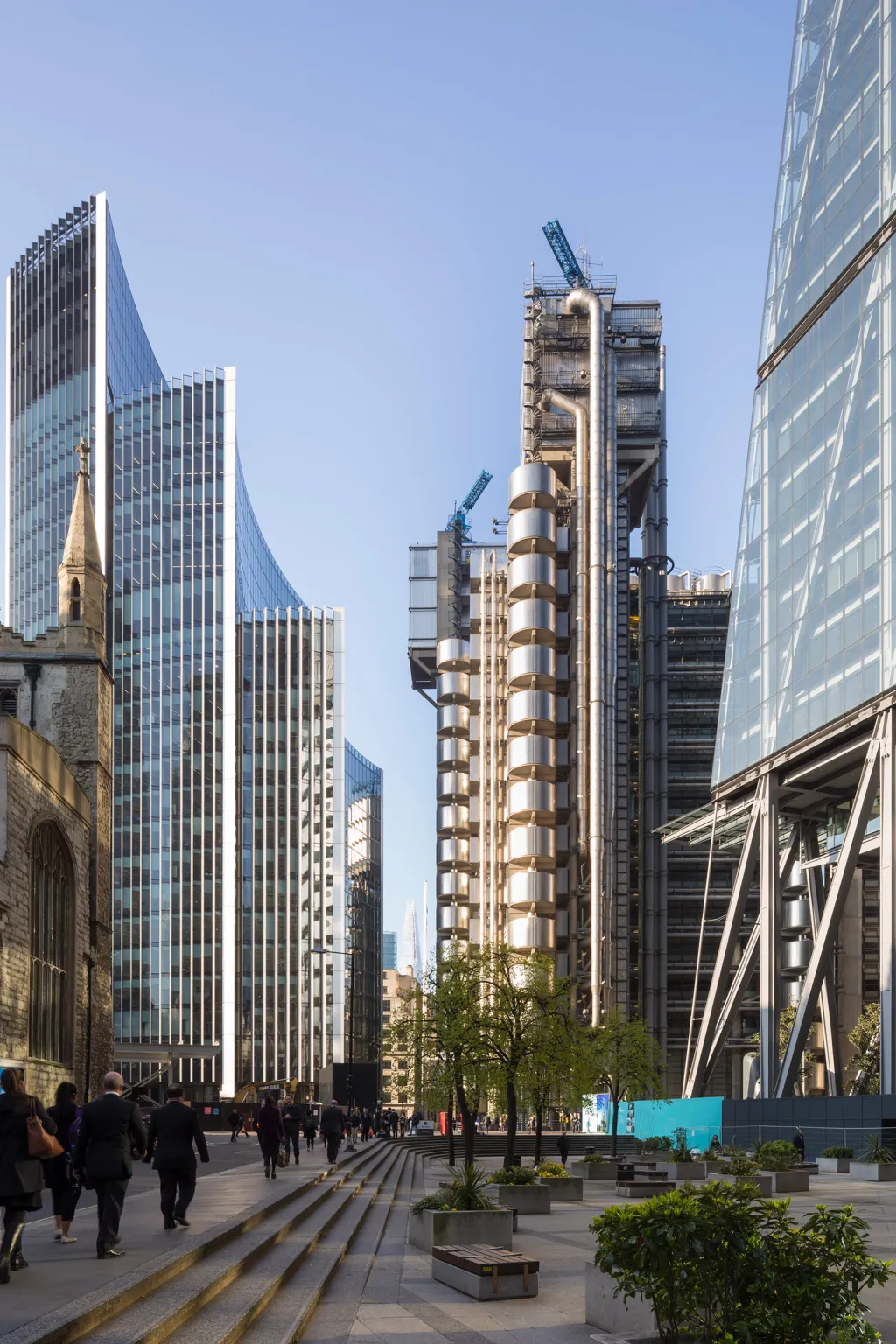
10. Richard Rogers
Richard Rogers, the British architect, is renowned for his technologically sophisticated and environmentally responsible designs. The successful incorporation of contemporary techniques into architectural design is exemplified by his work on the London Lloyd’s Building. The building’s unique design illustrates how sustainable practices can improve urban environments by optimizing energy utilization and natural light. Rogers has been a prominent proponent of sustainable construction techniques, advocating for innovative design concepts and transparency.
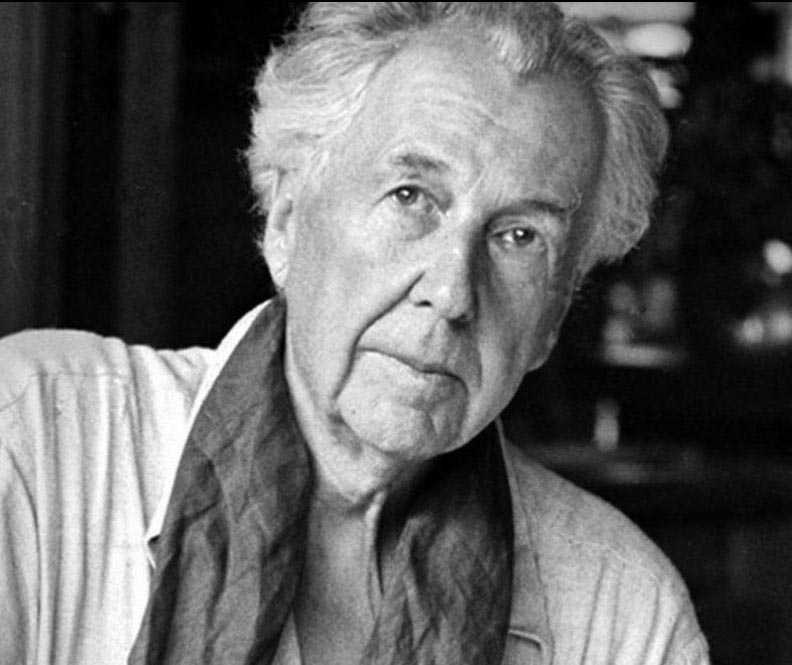

9. Frank Lloyd Wright
The organic architecture of renowned architect Frank Lloyd Wright emphasizes the harmonious coexistence of man-made structures and natural environments. One of his most well-known works, falling water, exemplifies this concept by harmonizing flawlessly with its natural environment. The area is connected to nature by cantilevered balconies that span a waterfall. Wright’s commitment to eco-friendly architecture, which predates current movements, exemplifies how structures can educate people about and foster an appreciation for nature.

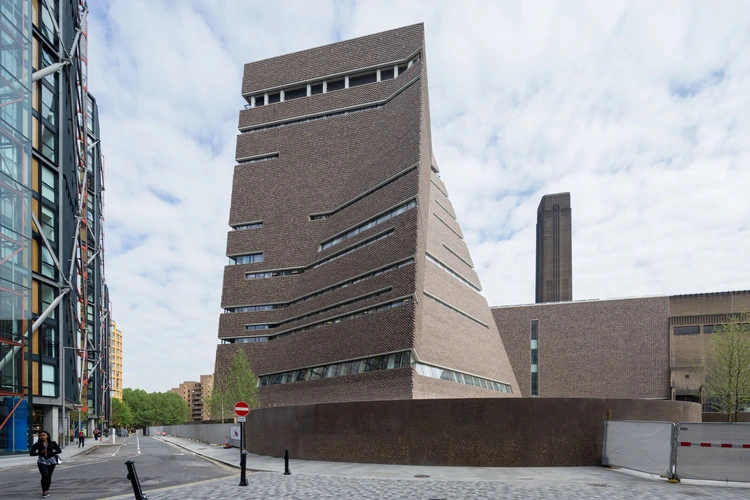
8. Herzog & de Meuron
The Swiss design company Herzog & de Meuron is well-known for building creative, eco-friendly buildings with local natural and cultural accents. One project that gives sustainability and environmental care top priority is Tate Modern. It turned a run-down power facility into a hive of culture. By using airflow and natural light, the layout reduces environmental influence. Herzog & de Meuron are leaders in the sustainable design movement as their projects show the revival of metropolitan areas while maintaining the surroundings.
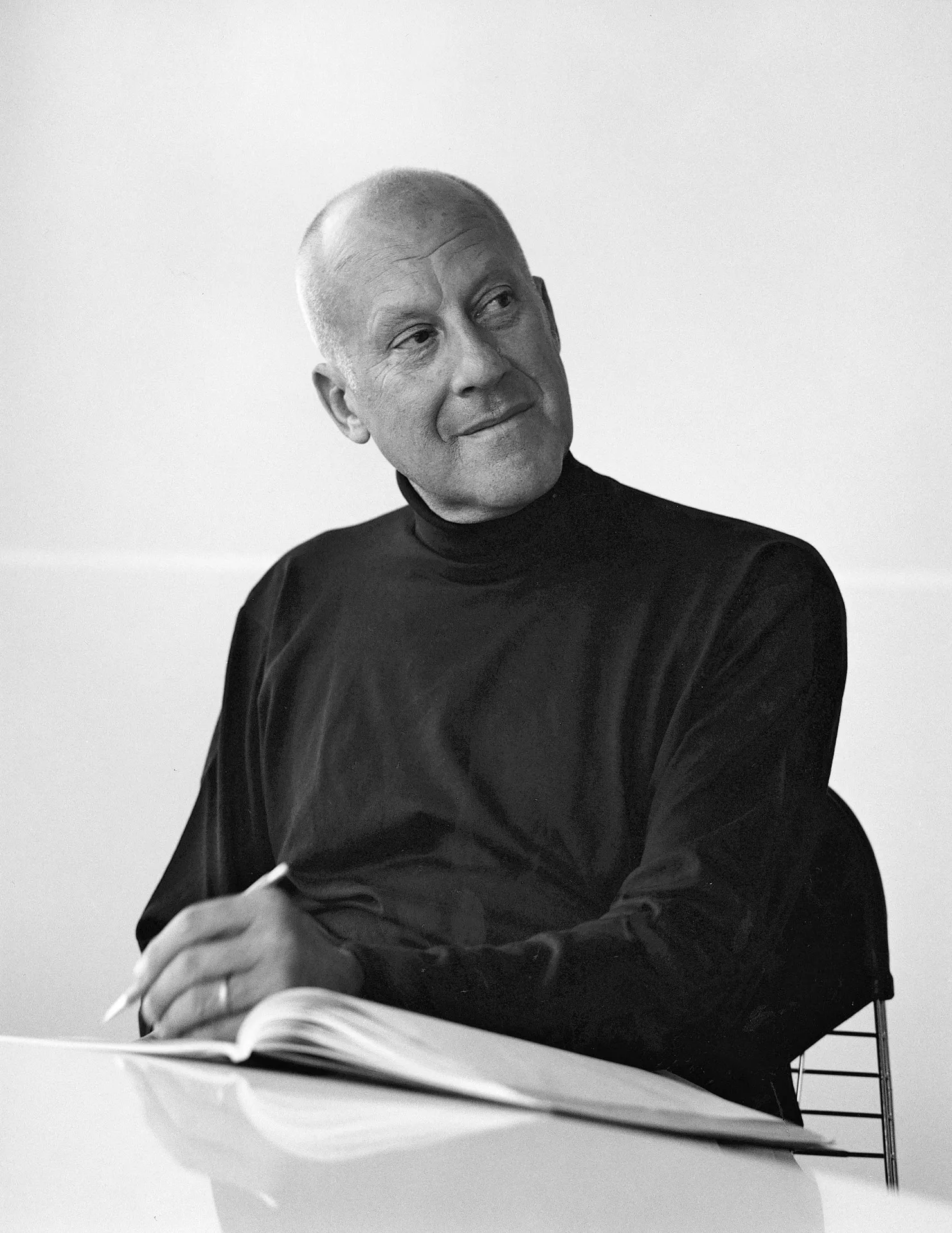
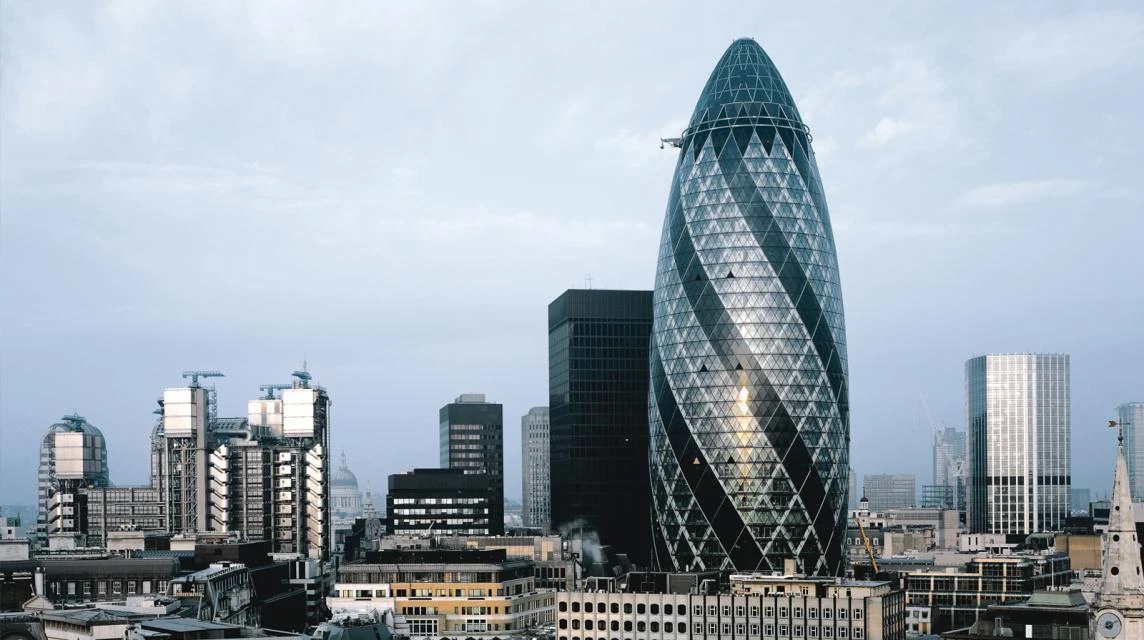
7. Norman Foster
The British architect Norman Foster is well-known for his forward-thinking designs and a sustainability architect. His work in London is a model of modern sustainability in the built environment. There is a lot of natural light and very minimal energy use thanks to the efficient air systems and unique architectural style. As an example of how building may contribute to reducing environmental problems, Foster’s work has made him a leading figure in sustainable design.
30 St. Mary Axe, also referred to as “The Gherkin,” is one of Norman Foster’s most renowned ecological structures. Foster’s dedication to minimizing environmental impact through the creation of visually appealing structures has resulted in this structure serving as a paradigm of sustainable design. After its completion in 2004, the Gherkin was awarded a BREEAM grade, which is the United Kingdom’s equivalent of LEED. This demonstrates that it adheres to rigorous sustainability standards.
4 Sustainability Features of 30 St. Mary Axe
Energy efficiency, responsible material use, and natural ventilation are among the methods by which the Gherkin’s sustainable design mitigates the environmental impact of lofty buildings. The building consumes approximately half the energy of comparable structures, demonstrating the potential for sustainable construction to enhance the quality of life in cities. Below are 4 features that showcase the project’s drive for low impact development:
1. Maximum Use of Natural Light
The Gherkin’s innovative design and strategic positioning result in a greater quantity of natural light entering the building, which in turn reduces the need for artificial illumination. Permeable glass on every level allows light to enter, resulting in a 40% reduction in energy consumption compared to conventional office structures. The building also conserves energy by utilizing a double-glazed outer exterior, which prevents heat from escaping and maintains a consistent internal temperature.
2. Quality Ventilation
The Gherkin’s innovative natural air system is one of the factors that distinguishes it in terms of sustainability. The structure is equipped with six light wells that function as ventilation apertures, allowing for the infiltration of fresh air and the gradual expulsion of old air. The utilization of these tunnels could result in a 50% reduction in the building’s air conditioning requirements, resulting in a substantial reduction in energy consumption and an improved interior temperature.
3. Energy Efficiency
The building’s energy efficiency is a result of its streamlined design, which reduces the amount of tumultuous airflow at the base. The building’s natural ventilation and light control reduce the energy required to operate, in accordance with LEED standards for energy efficiency. The building requires less HVAC energy due to the air space between the two panels of glass on the front.
4. Renewable and Recyclable Material
Foster’s team prioritized environmentally favorable products throughout the entire construction process. In order to reduce the inherent energy of the constructing materials, it was advisable to procure them from nearby suppliers and utilize salvaged materials whenever feasible. This procedure is consistent with the LEED principles, which involve the reduction of pollution, the utilization of sustainable sources, and the minimization of material impact.

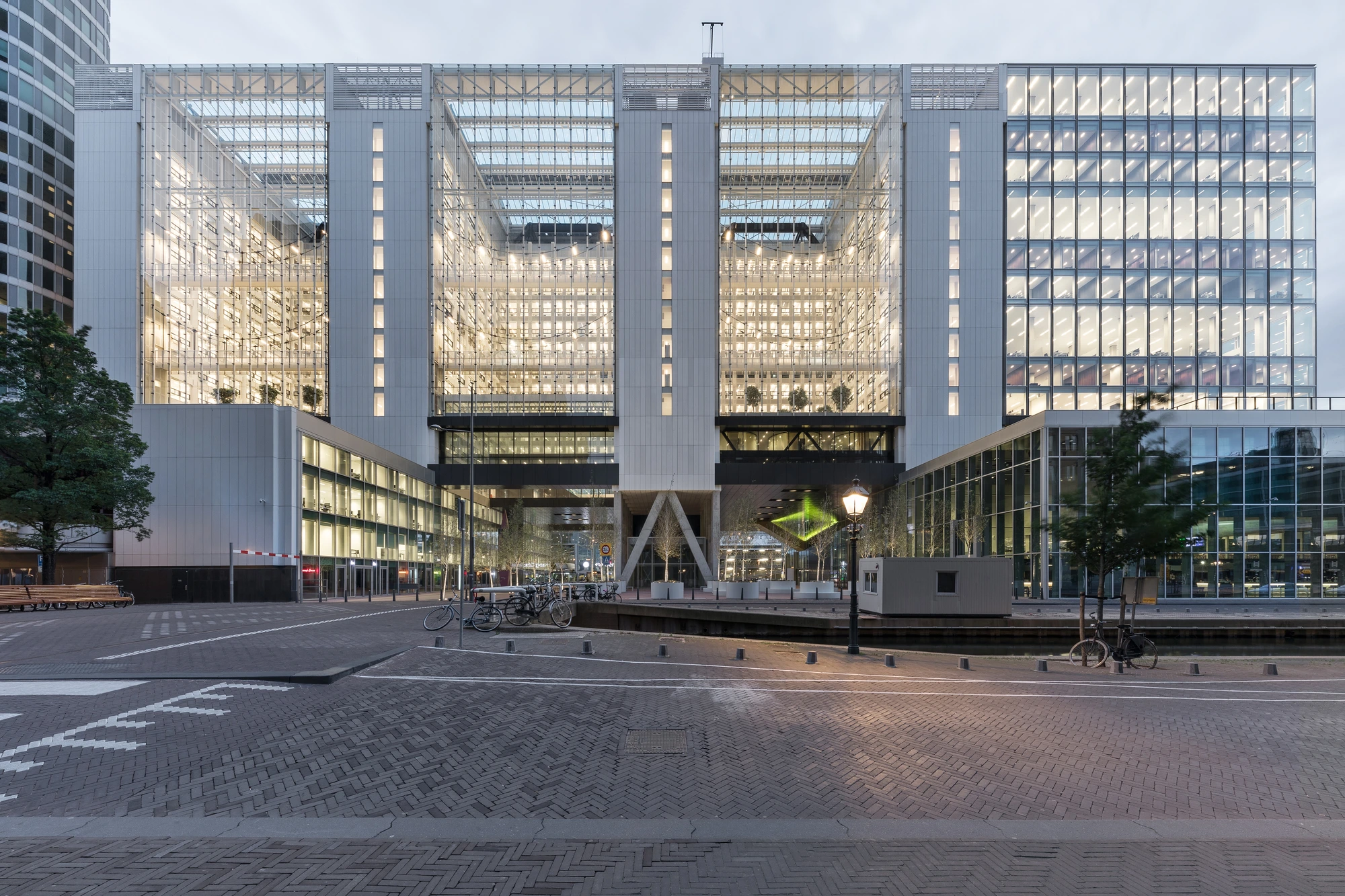
6. Ellen van Loon (OMA)
Ellen van Loon is a distinguished partner at OMA who has earned praise for the creative and eco-friendly ways she solves modern architecture problems. The De Rotterdam project is a big one. Sustainability is supported by its energy-efficient design and ability to blend in with the city’s residential, business, and industrial areas. An important part of Van Loon’s theory is making ecosystems that can adapt and survive changes. This shows that building can have a positive effect on both the environment and the community.

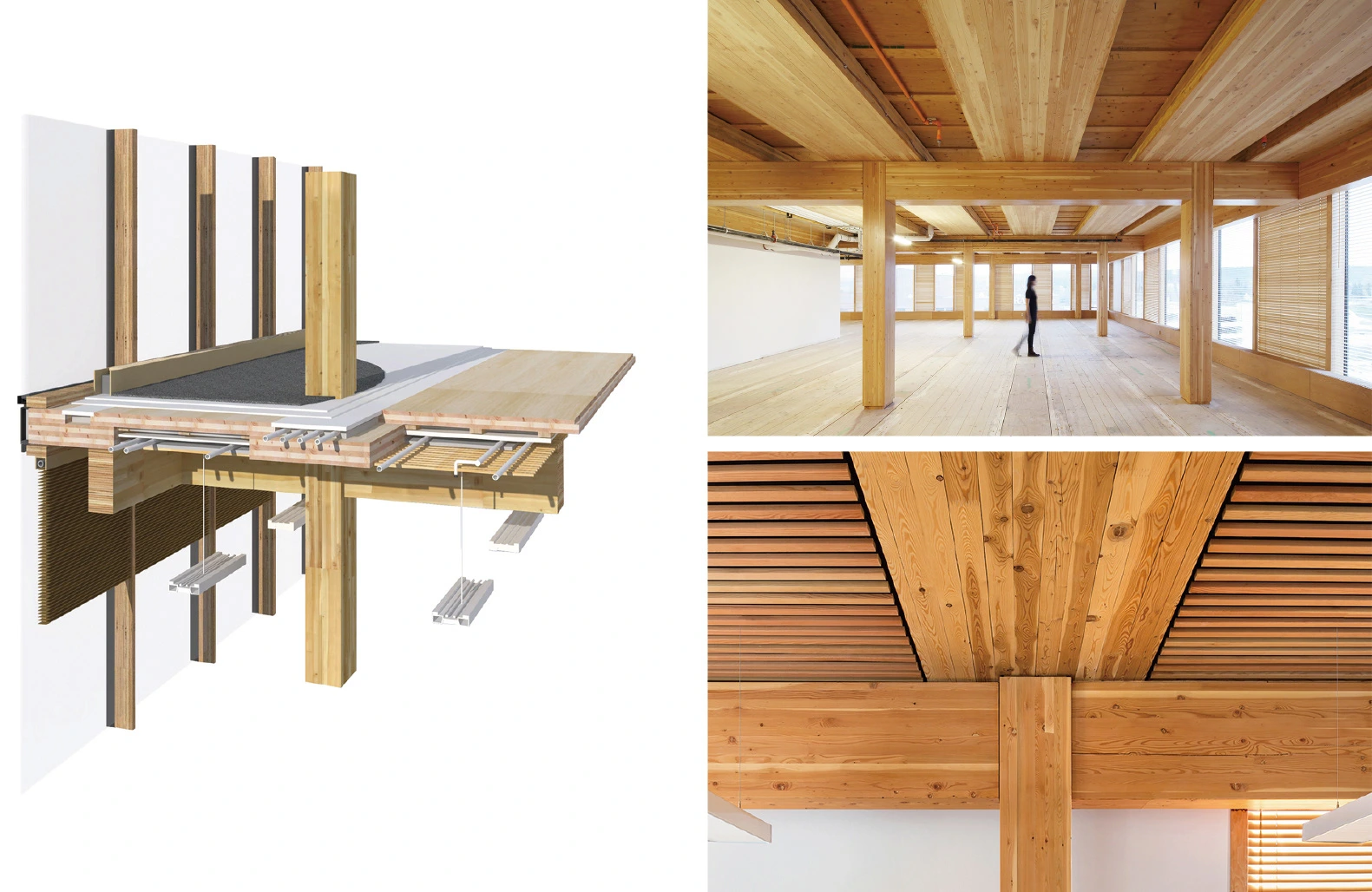
5. Michael Green
Michael Green, a Canadian architect, is acknowledged as a pioneer in the fields of sustainable architecture with a specialty in timber. His implementation of sustainable materials and methodologies is illustrated by the Wood Innovation and Design Center. This structure is a prime example of the dual application of timber for structural integrity and aesthetic appeal, as well as its utilization as a natural resource in construction. Green is a leader in his field due to his emphasis on sustainable construction practices and innovative wood designs.

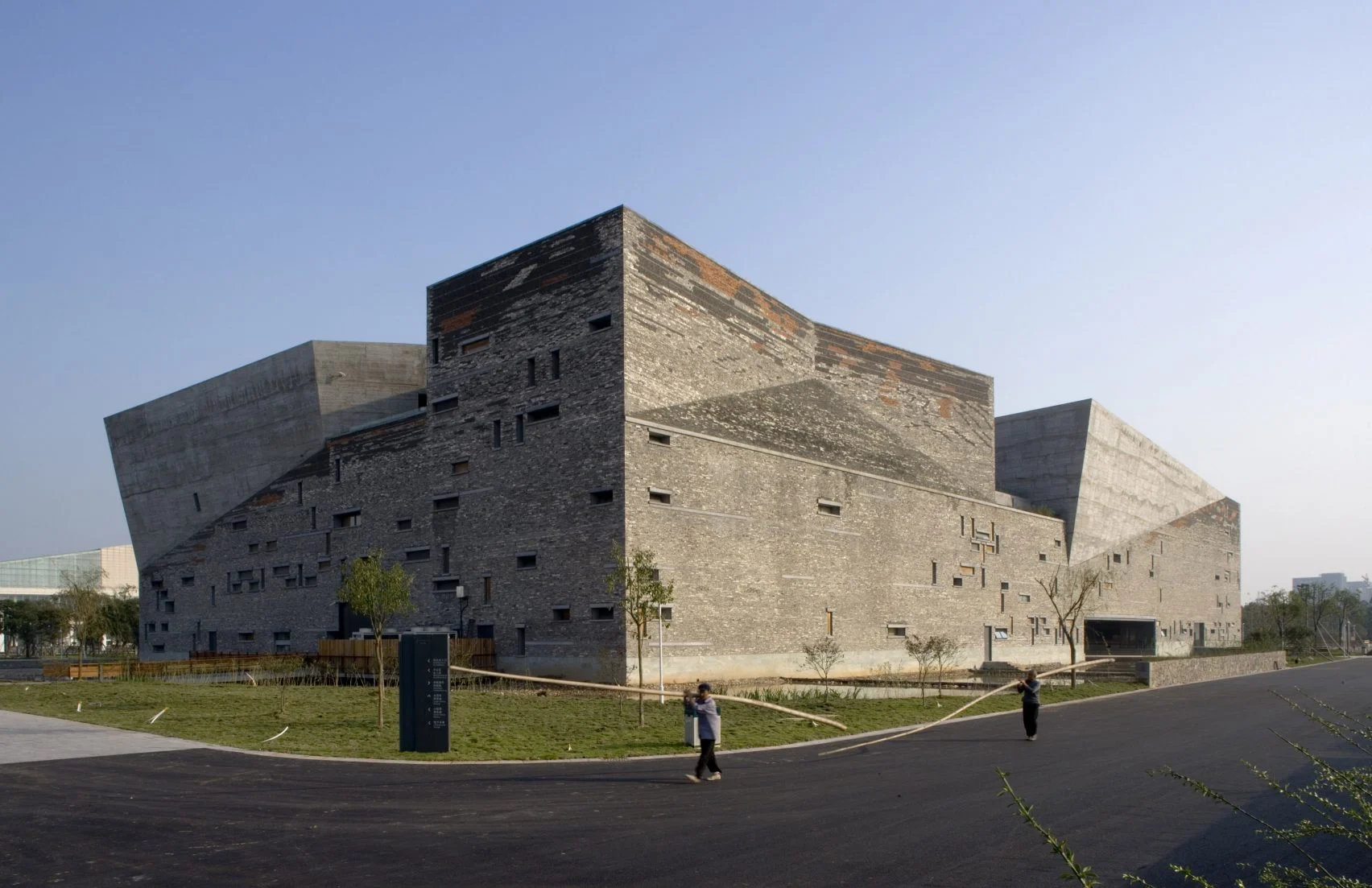
4. Wang Shu
Renowned Chinese builder Wang Shu promotes local workmanship and environmentally sustainable methods. The Ningbo Historic Museum is a shining example of his work showing the use of traditional materials and techniques to harmonically merge with their surroundings. According to Wang, building projects should honor historical customs and simultaneously solve modern environmental problems. The museum best illustrates this with its use of sustainable materials and energy-saving technologies. His approaches have helped him to become well-known among environmental engineers all over.


3. Thomas Heatherwick
British architect and artist Thomas Heatherwick is well-known for his inventive ideas with sustainable architecture. By means of a design that promotes natural ecosystems and creatures. Especially portrayed in his project, The Hive. From the materials used to energy efficiency, the design integrates sustainability in all spheres, therefore producing a functioning house that is ecologically sensitive. Heatherwick is a major player in modern design as her work shows how building may inspire people and transmit the need of sustainability.
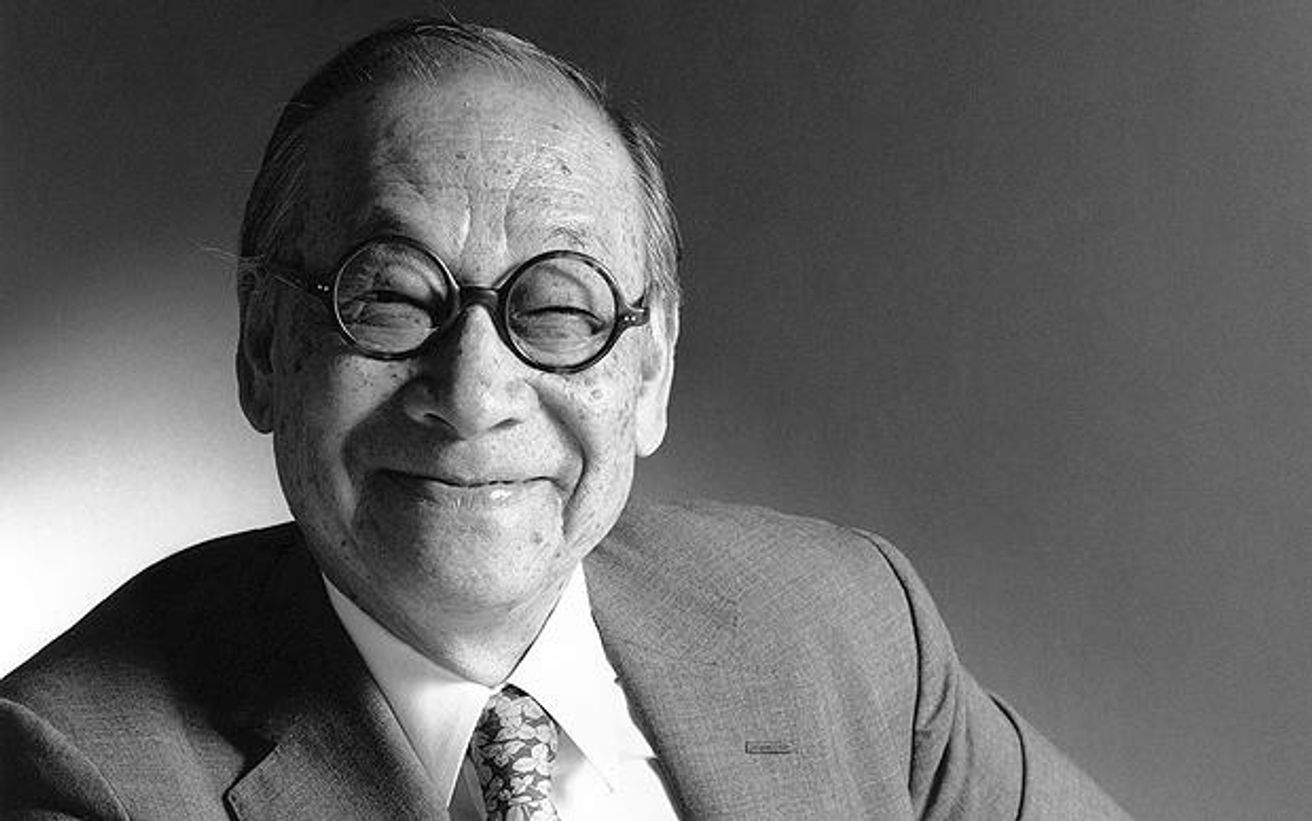

2. Ieoh Ming Pei
Famous architect Ieoh Ming Pei was devoted to creating eco-friendly, aesthetically pleasing, and practically sound buildings. He expertly blends contemporary architecture with historical context in his renowned design for the Louvre Pyramid in Paris. Every building in Pei’s portfolio pays homage to its natural setting, thanks to the architect’s insistence on eco-friendly practices and his meticulous selection of materials and lighting. The belief that sustainable architects have the potential to enhance human experience while also respecting the environment is strengthened by his legacy, which inspires next generations of designers.
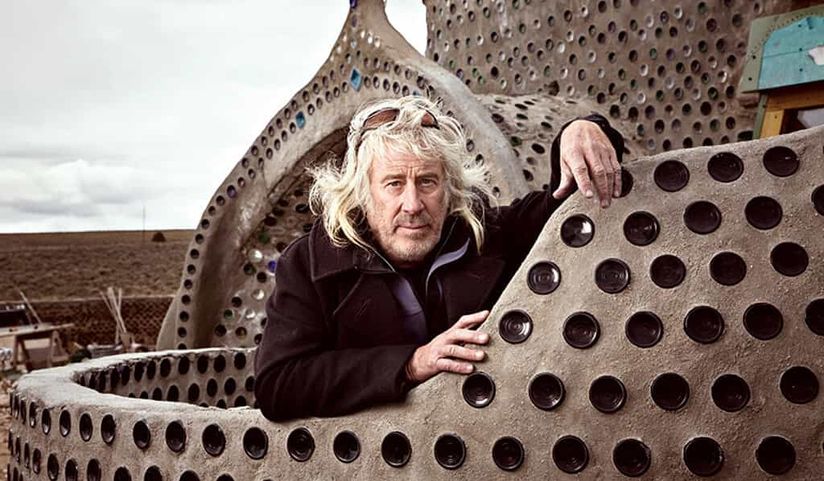

1. Michael Reynolds
Michael Reynolds named the greatest sustainable architect who developed these so called Earthships which are mostly constructed from recyclable materials,. Earthships are environmentally friendly off-grid homes that Reynolds has been working on. Building homes capable of running on their own energy will help to reduce environmental impact and lessen demand for public services by thus negating their influence.
Passive solar heating, rainwater gathering, sustainable energy sources and internal gardens allowing year-round food production are some of the elements defining the closed-loop system design of an Earthship. The walls are generally constructed from recycled tires loaded with earth as they naturally retain heat in and out. Thanks to this revolutionary technology, Earthships can maintain their temperature steady even in highly hot or cold outside conditions.
Reynolds has developed a practical model for sustainable living in the Taos, New Mexico, Greater World Earthship Community. Among Earthship communities, this one is among the most well-known Living in an environmentally friendly and self-sufficient manner like this group does piques the curiosity of others all around.
He has inspired sustainable architects worldwide to develop such projects like the LifeHaus Earthship in a rural area in the middle east. Reynolds is a key player in the push toward environmentally friendly design as his work demonstrates how constructions could contribute to environmental preservation and provide alternatives for living that do not compromise it.
Conclusion
These 25 key players in the past, current and future sustainable architectural projects show how design and construction can be of low impact to the environment. Their forward-looking concepts and commitment to environmentally responsible building create the foundation for a day when human communities and the natural surroundings may coexist together.
Sustainability architects are more in demand than ever due to the growing environmental issues. By obtaining LEED and WELL certifications for their projects, some of the most well-known design companies are establishing new benchmarks for green architecture. By creating net-zero energy structures and reviving urban environments with green infrastructure, these architects are setting the stage for a more sustainable future. Their dedication to sustainable development shows that, in addition to being aesthetically beautiful, architecture can be a useful weapon in the fight against climate change.





